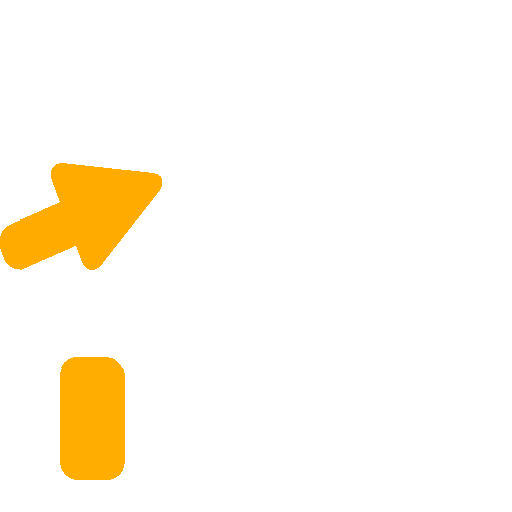This video will show you how to pick the best preferred share when you want to balance the laddering in your portfolio.
How to Identify and Rectify Portfolio Shortcomings
Video transcript:
Hello! In this training video I will show you how to pick the best preferred when you want to balance the laddering in your portfolio. This technique can also be used to skew your portfolio towards the end of the ladder, or the front of the ladder.
I will be using the Premium website, but all the features used here are also available on the free site.
Let’s log in to our demo account – Geremy.
We can do the laddering at the highest level portfolio, or at any of the lower levels, or the individual account. The process is the same. Let’s do this at the Porfolio level.
Select the Porfolio Level Data Analysis tab. Click on ‘By Share Type’ to view the breakdown of the portfolio by share type. The laddering applies to the 5 year resets portion of the portfolio. This represents 48% of the portfolio weight, or 49% of the portfolio’s book value. This is a substantial weight for this share type.
Now click on the Laddering button to get us to the laddering section. Here we see that the first year (2020), and the last year (2025) are part of the same step when considering the total percentage for the step. For a balanced ladder, the average weight per step should be 20%.
As you can see from the laddering table, the portfolio is currently overweight 15% for 2024. Also, it is underweight by 11% for 2021, and 13% for 2022. So our goal is to purchase a security with a reset date of 2021 as our first choice, or 2022 as our second choice.
Now, let’s examine the portfolio laddering information for 2021 and 2022 to see what we currently hold, in an attempt to also achieve diversification across issuers. As you can see, each of these years have 2 issuers each.
As my second criteria for selection, I will go with Issuers’ credit rating – something in the ‘2 star’ range.
As my third criteria, I will pick a security from the financial sector since I have none in that sector for these 2 years.
Open our ‘Home’ page in a new tab (right-click). At the bottom of this page lists the compare tools for all sectors. We know that the financial issurers are ‘Banking’, ‘Insurance’ and some are under ‘Holding Companies’. Let’s open up all 3 of these sectors.
In ‘Banking’, sort on ‘Reset Date’, and scroll down until you see 2021. As we scroll, we head into 2022. From this group, I would pick BMO-C. The ‘New Spread Increase’ is 22% with a potential for capital gains of ($25 – $19.39 =) $5.61.
Click on BMO-C link to review the company information and all of its preferreds. Let’s review some information to see if there’s a reason why we shouldn’t get it:
The share we plan to purchase (BMO-C) has a yield of %5.83, above the average yield. Keep in mind the common today offers 5.79%.
Scroll down to the ‘what-if’ section to review the worst case scenario of interest rates going negative .5%. For BMO-C, at reset you will still get 3.65%. Scroll over to the right to review the best case scenario of interest rates going to 1.6%. In this case, at reset, BMO-C will yield 6.36%.
You can follow the same process with the ‘insurance’ & ‘holding companies’ sectors to select an alternative preferred.
This is how you can use the Portfolio Laddering analytics, in combination with the Sector Compare tools, to help you choose a security to balance the resets portion of your portfolio.
If you have any scenarios that we haven’t yet covered, let us know and we’ll consider creating a video for it.
Until next time, Happy Investing!

